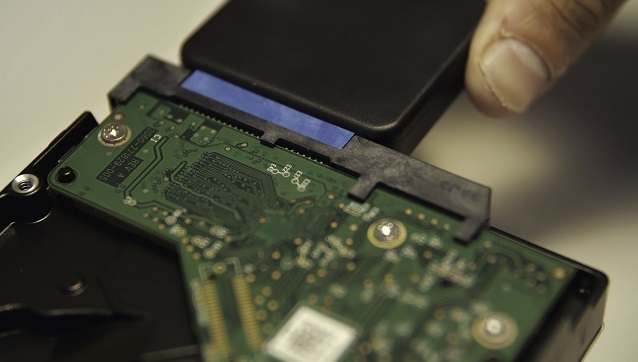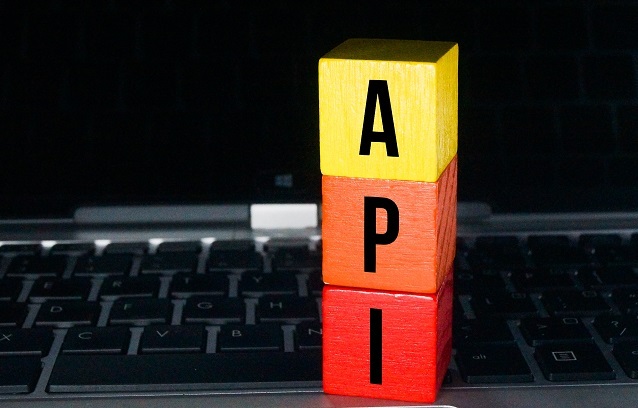
 Data Structure
Data Structure Networking
Networking RDBMS
RDBMS Operating System
Operating System Java
Java MS Excel
MS Excel iOS
iOS HTML
HTML CSS
CSS Android
Android Python
Python C Programming
C Programming C++
C++ C#
C# MongoDB
MongoDB MySQL
MySQL Javascript
Javascript PHP
PHPPhysics
Chemistry
Biology
Mathematics
English
Economics
Psychology
Social Studies
Fashion Studies
Legal Studies
- Selected Reading
- UPSC IAS Exams Notes
- Developer's Best Practices
- Questions and Answers
- Effective Resume Writing
- HR Interview Questions
- Computer Glossary
- Who is Who
What is the full form of CDC?
Introduction
Connected Device Configuration (CDC) is a platform for developing Java applications on resource-constrained gadgets. It may be a subset of the Java Standard Edition (Java SE) platform that gives a scaled-down version of the Java Virtual Machine (JVM) and a set of center libraries optimized for gadgets with limited processing control, memory, and capacity. CDC empowers engineers to form productive and portable applications that can run on a wide range of devices, such as versatile phones, PDAs, and other embedded systems.

CDC incorporates support for organizing, allowing devices to connect and communicate with each other and with other organized devices. This makes it conceivable to form capable applications that can interact with other devices and frameworks, empowering unused utilize cases and functionalities.
CDC is especially valuable for creating applications for Web of Things (IoT) gadgets, where asset imperatives are common. With CDC, developers can make IoT applications that can prepare and analyze information on the gadget itself, lessening the requirement for a constantly organized network and expanding protection and security. By and large, CDC could be a profitable apparatus for making productive and versatile Java applications for a wide run of associated device
The CDC Specification
The Connected Device Configuration (CDC) Specification is a document that characterizes the core platform for creating Java applications on resource-constrained devices. The specification gives rules and prerequisites for implementing the CDC platform, including the least set of APIs and libraries that must be upheld.
The CDC Detail incorporates a subset of the Java Standard Version (Java SE) platform, custom-made for devices with limited handling control, memory, and capacity. It incorporates a scaled-down form of the Java Virtual Machine (JVM) and a set of center libraries optimized for little devices. The detail also includes back for organizing, and empowering devices to associate and communicate with other devices and frameworks.
The CDC Detail characterizes a least set of APIs that must be backed by compliant executions. These APIs cover basic usefulness such as input/output, security, and organizing, and give a steady programming demonstration for designers.
Uses of CDC
The Connected Device Configuration (CDC) is a platform for creating Java applications on resource-constrained devices, and it has a few uses in numerous domains. Here are a few of the common employments of CDC −
IoT Devices
CDC is especially valuable for creating applications for Internet of Things (IoT) devices, where resource limitations are common. Designers can utilize CDC to make productive and convenient IoT applications that can handle and analyze information on the device itself, reducing the require for constant network connectivity and increasing privacy and security
Mobile Devices
CDC can be utilized to create Java applications for mobile phones, PDAs, and other versatile devices. These applications can give enhanced usefulness, such as location-based administrations, social media integration, and offline information processing.
Industrial Systems
CDC can be utilized to create applications for industrial frameworks, such as prepare control systems, embedded controllers, and sensors. These applications can give real-time checking and control, enabling improved proficiency and efficiency.
Customer Electronics
CDC can be utilized to create applications for a wide range of consumer electronics, such as computerized cameras, gaming supports, and savvy TVs. These applications can give enhanced highlights, such as picture processing, multiplayer gaming, and video streaming.
Advantage and disadvantages of Connected Device Configuration
Advantages of Connected Device Configuration (CDC) −
Portability − CDC gives a platform-independent programming environment, allowing developers to compose applications that can run on a variety of devices and platforms.
Resource Efficiency − CDC is optimized for resource-constrained devices, enabling efficient use of processing control, memory, and storage.
Networking Support − CDC includes support for organizing, permitting devices to associate and communicate with each other and with other organized devices.
Security − CDC includes built-in security highlights, such as code marking and permissions management, to ensure that applications are secure and secure to utilize.
Standardization − CDC follows a well-defined specification, guaranteeing that applications composed for the stage will run reliably and consistently over a wide range of devices and platforms.
Drawbacks of Connected Device Configuration (CDC) −
Limited API Support − CDC gives a subset of the Java Standard Version platform, which suggests that it has restricted API support compared to the complete platform.

Restricted Functionality − CDC is optimized for resource-constrained gadgets, which suggests that it may not give the complete usefulness of the Java Standard Version stage.
Fragmentation − CDC may be implemented in an unexpected way by different vendors, leading to fragmentation and compatibility issues.
Development Overhead − Developing applications for CDC may require additional effort and expertise compared to creating applications for the full Java Standard Version platform.
Performance Limitations − Due to the restricted resources of devices, applications developed using CDC may not perform as well as those created using the full Java Standard Version platform.
Conclusion
In conclusion, the Connected Device Configuration (CDC) is a platform for creating Java applications on resource-constrained devices, giving a scaled-down form of the Java Standard Edition (Java SE) platform that is optimized for devices with limited preparation control, memory, and capacity. CDC empowers designers to make proficient and convenient applications that can run on a wide range of devices, from versatile phones and PDAs to mechanical frameworks and IoT gadgets.
FAQs
Q1. What types of devices are CDC applications typically developed for?
Ans: CDC applications are typically developed for resource-constrained devices, such as IoT devices, mobile phones, PDAs, industrial systems, and consumer electronics.
Q2. What is the difference between CDC and Java Standard Edition (Java SE)?
Ans: CDC is a subset of the Java SE platform, optimized for resource-constrained devices, while Java SE provides a full platform for developing Java applications on more powerful devices.
Q3. What are some examples of CDC applications?
Ans: Examples of CDC applications include IoT applications, mobile phone applications, industrial control systems, and consumer electronics applications, such as digital cameras and smart TVs.

